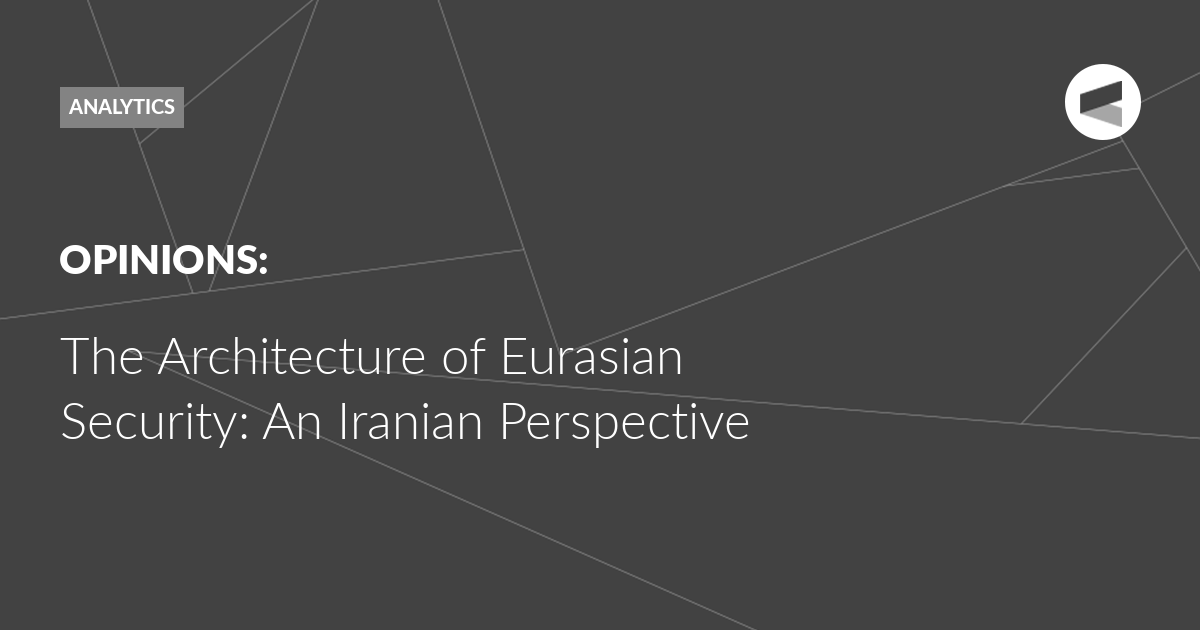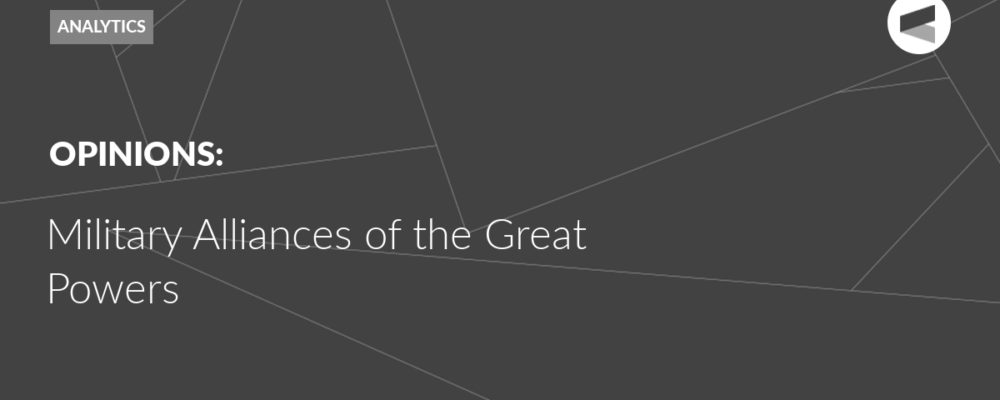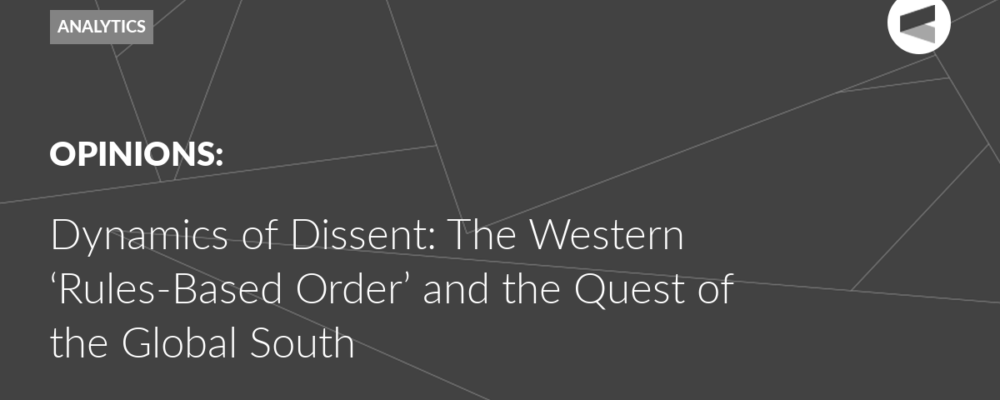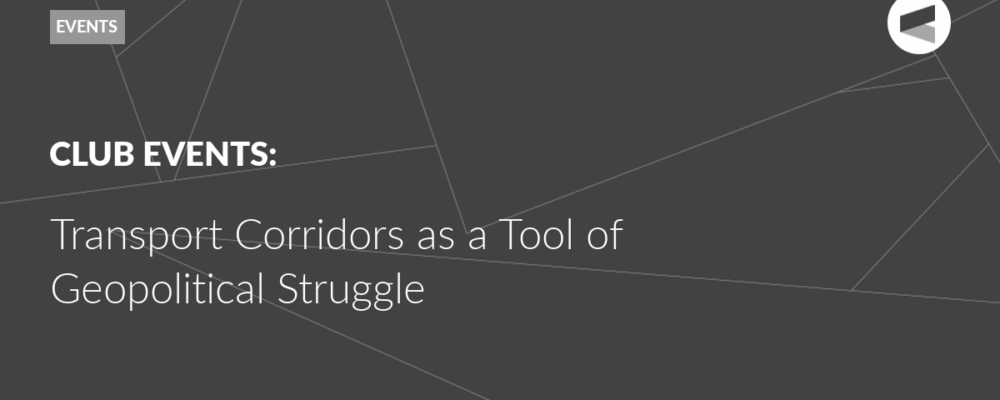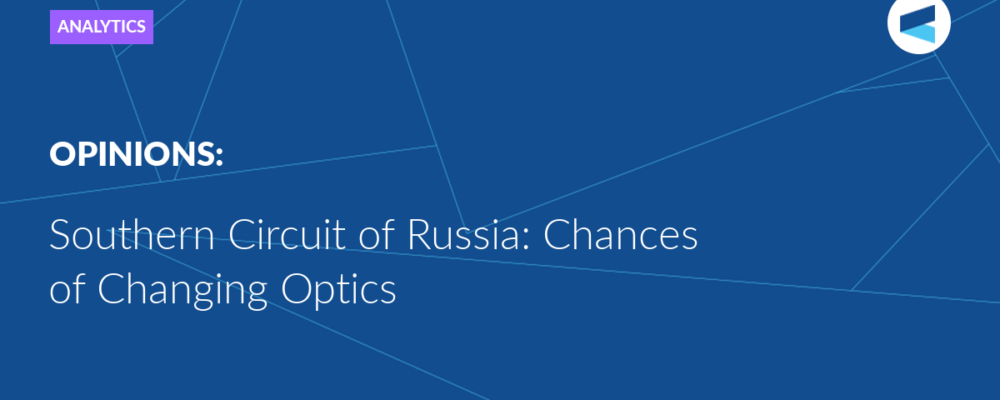The rapidly evolving dynamics of global power and security have transformed Eurasia into a critical arena of competition and cooperation. The continent, spanning from the Atlantic to the Pacific, has become a focal point for major geopolitical shifts, particularly amid the waning dominance of Western-centric institutions and the rise of new regional powers. Within this context, the Islamic Republic of Iran articulates a distinct and comprehensive vision of Eurasian security—one that emphasises balance, sovereignty, inclusivity, and multilateral cooperation.
From Tehran’s standpoint, the architecture of Eurasian security must evolve independently from extra-regional interventions, particularly those led by the United States and NATO. Iran advocates for a cooperative, development-linked, and multipolar order that replaces military alliances and hegemonic dominance with economic interdependence, consensus-building, and mutual respect. The Iranian perspective sees Eurasia not merely as a geographic space, but as the nucleus of a potential post-Western world order grounded in regional solidarity and locally-developed mechanisms for providing security.
1. Conceptual Foundations of Iran’s Eurasian Vision
Iran’s approach to Eurasian security stems from a long-standing tradition of strategic autonomy and balanced diplomacy. Since the Iranian Revolution of 1979, Tehran has sought to pursue a “Neither East, nor West” foreign policy, emphasising independence from both Cold War blocs. However, in the 21st century, this principle has evolved into a more pragmatic “multi-vector” diplomacy—an effort to engage simultaneously with Russia, China, India, Central Asia, and the Caucasus without aligning exclusively with any one power.
This approach reflects Iran’s hedging strategy: reducing vulnerability to Western sanctions while expanding partnerships in the East. For Iran, Eurasia represents an opportunity to construct a balanced and inclusive security architecture in which no single state or bloc dominates the region. The principles guiding this outlook include:
• Multipolarity and Balance of Power: A rejection of unipolar dominance and advocacy for the dispersion of power among multiple centres.
• Sovereignty and Non-Interference: A firm opposition to external intervention in domestic affairs.
• Inclusivity: Ensuring that all regional actors, large and small, have a role in shaping stability.
• Security–Development Linkage: Recognising that lasting peace and security require economic connectivity, trade, and shared growth.
These pillars form the normative foundation of Iran’s Eurasian strategy—an alternative to the Western security model, which Tehran considers exclusionary, coercive, and destabilising.
2. Institutional Engagement in Iran’s Eurasian Diplomacy
Iran’s engagement with Eurasia operates through multiple institutional frameworks, most notably the Shanghai Cooperation Organisation (SCO), the Eurasian Economic Union (EAEU), and BRICS+. Tehran views these bodies as cornerstones of a new multilateral order that integrates economic, political, and security dimensions.
a. The Shanghai Cooperation Organisation (SCO)
Iran’s full membership in the SCO in 2022 marked a milestone in its eastward foreign policy orientation. Tehran perceives the SCO as a platform for promoting collective security and economic cooperation without Western interference. The SCO’s emphasis on respect for cultural diversity resonates with Iran’s advocacy for a multi-voice international system.
Through the SCO, Iran supports initiatives such as a proposed Eurasian Security Charter, which would codify the principles of sovereignty, balance, and cooperative security. The organisation’s counter-terrorism and cyber-security frameworks also align with Iran’s regional security concerns.
b. The Eurasian Economic Union (EAEU)
Economic integration, in Iran’s view, is inseparable from regional stability. The 2023 free-trade agreement between Iran and the EAEU underscores Tehran’s belief that economic interdependence can serve as a stabilising force. By linking its markets to those of Russia, Kazakhstan, Belarus, Armenia, and Kyrgyzstan, Iran seeks to anchor itself within Eurasia’s emerging economic architecture.
The EAEU partnership enhances Iran’s trade resilience, reduces the impact of Western sanctions, and strengthens its role as a transit hub connecting Asia, the Middle East, Eurasia and Europe. It also provides Tehran with leverage to contribute actively to a broader vision of collective security based on mutual prosperity.
c. BRICS+ and Emerging Multilateral Platforms
Iran’s inclusion in BRICS+ represents another step in its integration into the global South’s institutional frameworks. BRICS provides a platform for Iran to advocate for reforming international financial and security systems, shifting them toward a more equitable and multipolar order. Together with the SCO and EAEU, BRICS+ forms a network of non-Western institutions capable of constructing the foundations of a new Eurasian order grounded in shared sovereignty and development and based on the de-dollarisation of the international financial system.
3. The North–South Transport Corridor (INSTC)
At the heart of Iran’s Eurasian strategy lies the International North–South Transport Corridor (INSTC)—a 7,200-kilometer multimodal route connecting India, Iran, Russia, and Europe. The corridor links Mumbai to Moscow via Iranian ports such as Bandar Abbas and Chabahar, reducing transit time from 45–60 days (via the Suez Canal) to 20–30 days and cutting costs by up to 30 percent.
For Iran, the INSTC is not merely an economic project but a strategic mechanism for reshaping Eurasia’s connectivity architecture. By positioning itself as the central hub of this corridor, Iran strengthens its geopolitical leverage while offering landlocked Eurasian countries (like Armenia and Kazakhstan) maritime access to the ports of the Persian Gulf and Oman Sea.
The corridor also represents a “sanctions-free” trade route, providing Iran and Russia with alternatives to Western-controlled maritime chokepoints. It complements China’s Belt and Road Initiative (BRI), potentially transforming Iran into the intersection of two major Eurasian transport networks. Projects such as the Rasht–Astara railway, co-financed with Russian and Iranian investment, and the development of Chabahar port with Indian cooperation, illustrate how infrastructure is intertwined with Iran’s strategic position as a Eurasian bridge.
4. Toward an Indigenous and Cooperative Security Architecture
Iran’s Eurasian security vision is founded on the notion of indigenous mechanisms—regional arrangements built on solidarity, non-interference, and mutual respect. Tehran argues that extra-regional interventions, particularly by the United States and NATO, have destabilised Eurasia rather than securing it. NATO’s eastward expansion and the failure of the Organisation for Security and Cooperation in Europe (OSCE) to embody genuine cooperative principles demonstrate the inadequacy of Western-led security models.
In contrast, Iran promotes the concept of cooperative security, which emphasises dialogue, transparency, and confidence-building among regional actors. Unlike collective security systems, which focus on deterring external threats through alliances, cooperative security prioritises conflict prevention through trust and shared norms. The Shanghai Cooperation Organisation, where decisions are made by consensus, serves as a practical example of this philosophy in action.
The SCO’s 2005 Astana Declaration, which recognised cultural and civilisational diversity as a “universal human value,” mirrors Iran’s call for a security order that integrates both hard and soft dimensions. In this sense, Iran envisions Eurasian security as comprehensive—embracing political, economic, cultural, and even cybernetic aspects of stability.
5. The Security–Development Nexus
Iran consistently links regional security to economic interdependence and shared development. The rationale is that sustainable peace cannot exist without economic inclusion. Thus, Iran promotes initiatives that intertwine trade, energy, and transport with regional stability.
By fostering cooperation among energy-rich and energy-dependent states, Iran aims to transform interdependence into a stabilising factor. The proposed integration of gas pipelines between Iran, Russia, and Turkmenistan could contribute to Eurasia’s energy security and reduce the leverage of external powers over the region’s resources.
Iran’s “Look East” strategy, therefore, is not a simple geopolitical alignment but a multidimensional project combining economic diplomacy, cultural identity, and political autonomy. It represents Tehran’s attempt to align its national interests with a broader regional transformation toward the multipolar system.
Iran’s multi-vector policy allows it to maintain flexibility in a complex geopolitical environment. By engaging with diverse actors—from India to Russia and from Central Asia to the Caucasus—Iran aims to preserve strategic autonomy while contributing to the shaping of a regional order aligned with its values.
6. Toward a Multipolar and Inclusive Eurasia
The Iranian vision for Eurasia is not purely defensive or reactive. Rather, it embodies a proactive effort to define a positive agenda for regional cooperation. The proposed Eurasian Security Charter, supported by Iran, Belarus, and Russia, seeks to establish a common framework for dialogue on sovereignty, non-interference, and collective stability.
In this framework, Tehran envisages Eurasia as a “continent of connectivity”—a web of trade, energy, and cultural linkages. Iran’s role as a bridge between the Middle East, Persian Gulf, Eurasia, and South Asia enables it to serve as both a facilitator of dialogue and a proactive participant in regional integration.
By linking the Eurasian Economic Union, the Economic Cooperation Organisation (ECO), and the INSTC, Iran envisions a unified transcontinental system grounded in mutual benefit and shared security. This architecture would render the region less vulnerable to external manipulation and more capable of self-sustained development.
Conclusion
Iran’s vision for the architecture of Eurasian security is both pragmatic and normative. It seeks to transform Eurasia from a contested geopolitical space into a cooperative system rooted in sovereignty, balance, and shared prosperity. The key instruments of this strategy—the SCO, EAEU, BRICS+, and INSTC—constitute the institutional backbone of a regional order that prioritises economic connectivity over military confrontation.
By advocating for multipolarity and indigenous mechanisms of security arrangements, Iran positions itself as a bridge—linking East and West, North and South, while resisting hegemonic pressures. Tehran’s Eurasian diplomacy represents a coherent effort to redefine security through cooperation, inclusion, and development.
In essence, Iran’s Eurasian perspective envisions a future where stability derives from dialogue, interconnectivity, and interdependence—a vision that reflects the broader global transition toward a more pluralistic and interconnected world order.
The Valdai Discussion Club was established in 2004. It is named after Lake Valdai, which is located close to Veliky Novgorod, where the Club’s first meeting took place.
Please visit the firm link to site


